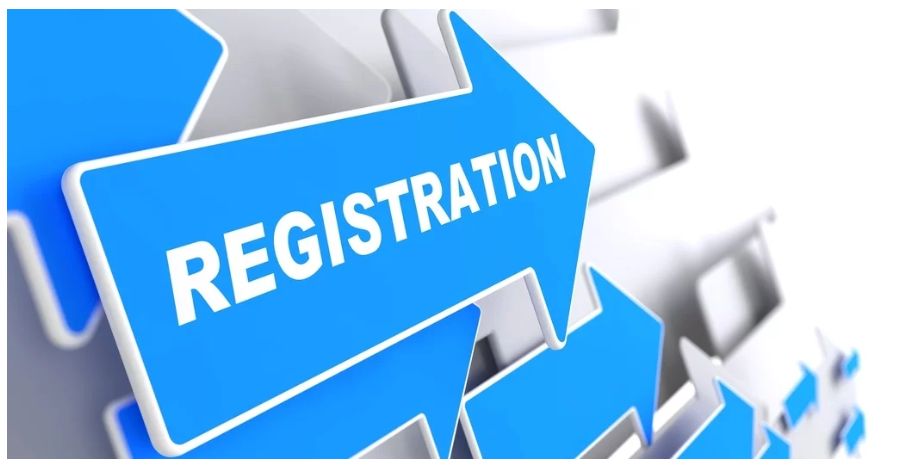10 must-haves for your class description
The rules that apply to effective web page creation also apply to the entry page to a registration form. The good news is, you don’t have to be a web design expert, marketing professional, or developer to craft an effective class description. That’s a good thing, because the event page can make or break a person’s registration experience. It can leave a visitor anywhere from bewildered to wildly confident as they  begin registration. If done well, the class (or event) description can help them follow through with registration without needing assistance. Conversely, a weak event page may prevent them from registering online—or at all.
begin registration. If done well, the class (or event) description can help them follow through with registration without needing assistance. Conversely, a weak event page may prevent them from registering online—or at all.
Therefore, follow this simple checklist for an effective class description:
1. Grab your visitors’ attention with a creative title. The page title, which may also be the name of the event, must be short and attention-grabbing while indicating the event’s topic.
2. Who, what, when, where (and how it’s good for attendees.) Think both like a marketer and a news reporter. Give the facts in a way that clearly shows how the event will benefit attendees.
3. Use strong graphics. Quality graphics like photography enhance the class description. Web-quality images are inexpensive and usually preferable to amateur photos. Also, put the brakes on those animated graphics which are fine for Facebook but rarely appropriate for professional events.
4. Include all important details. Are you providing continuing education credits? Are there different fees for different registration types? Early bird discounts? Member discounts? What are the credentials of the instructor/presenter? Each detail should inform and reinforce the value of the event.
5. Add social media. If word of mouth is important to your event, including the means to share it on Facebook, Twitter, and other social media platforms can create buzz.
6. Eliminate needless razzle dazzle like multiple font styles, sizes and colors. Unless your target audience is first graders, keep font styles and colors subdued.
7. Be mobile friendly. Think about how your information will display on a mobile device. Keep links to a minimum. Keep the information succinct and swipable.
8. Make the call-to-action clear. The action is to register. The registration button should be in clear language such as “Register Now” or “Register Here,” and it should be easy to find on the page. Don’t make your audience hunt for it.
9. Include a quote. If you’ve held your class or event previously, add a quote from an attendee raving about it. Or if not, contact a previous attendee and ask them to provide one. Nothing sells an event more than knowing someone else found value in it.
10. Be easy to find. Your goal is to make the registration process clear and easy. Still, make your contact information—even if it’s just an email address—clear on the class description. Few things are more frustrating when visiting a web page than having to hunt for the “Contact us” link.
All items on this checklist are simple to execute. You’re already doing many of them. Add in the other few steps and you’ll greatly increase your chances for a smooth and successful registration process.
Want to know how to set up an effective class page in Learning Stream? Contact us at your convenience.
